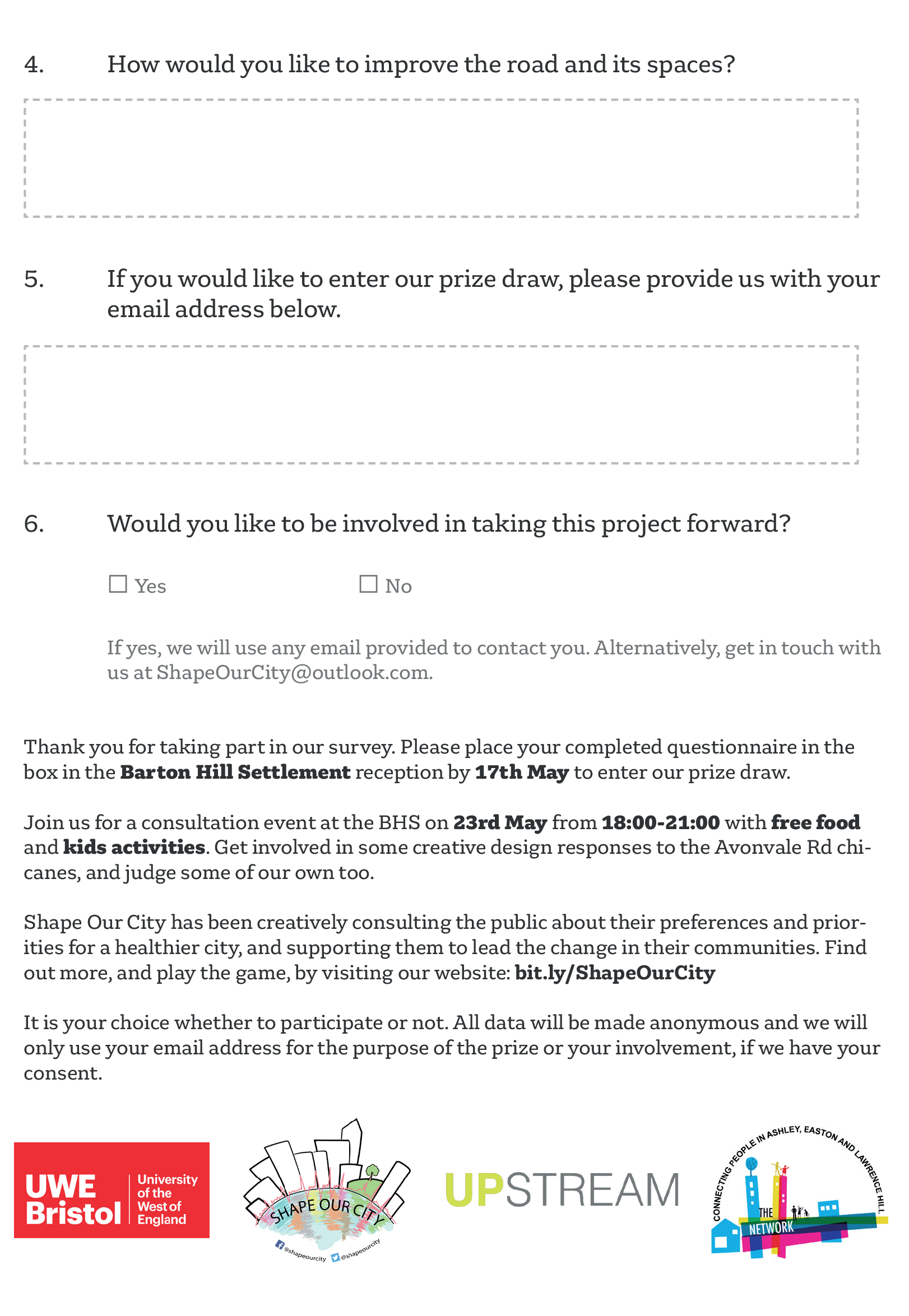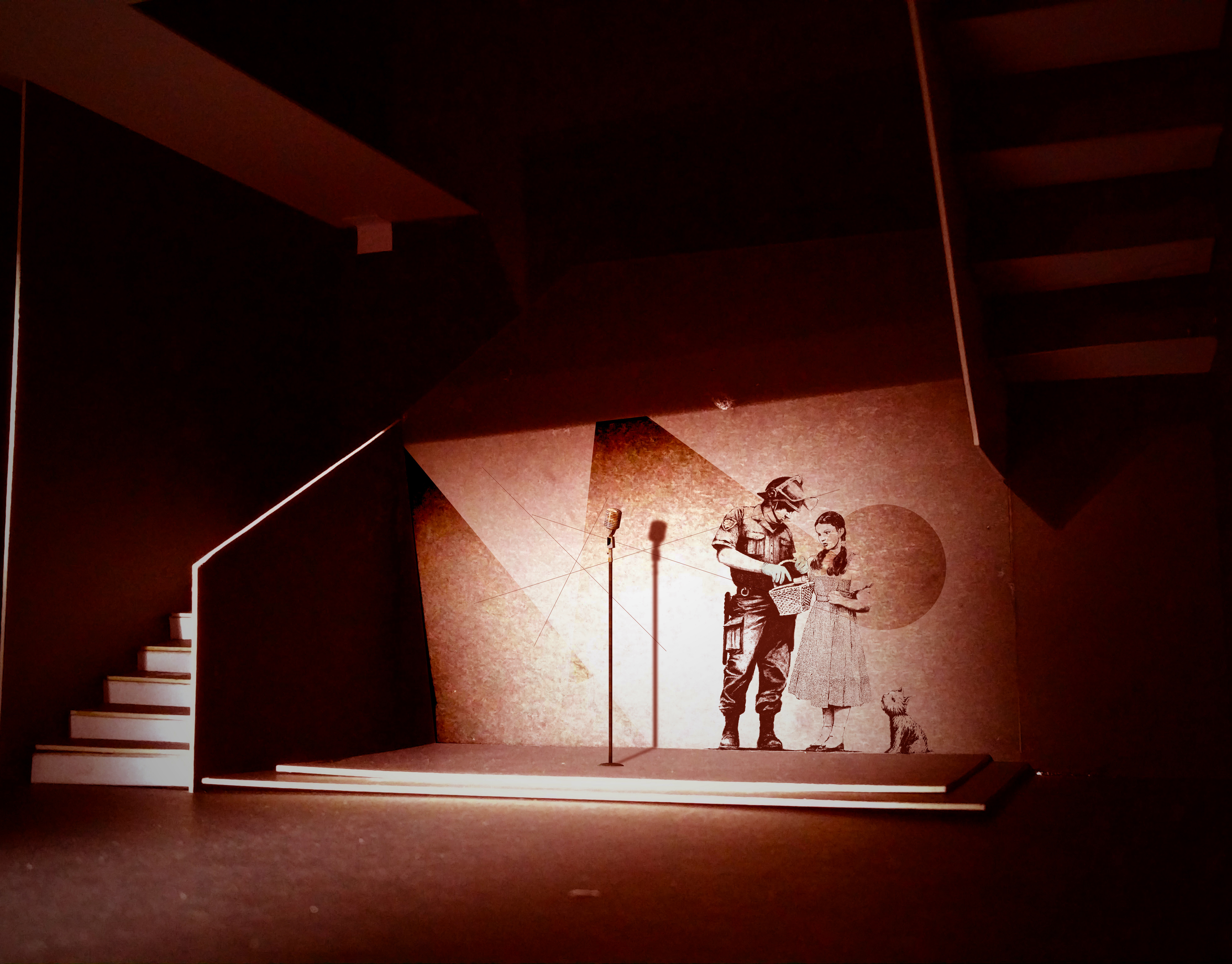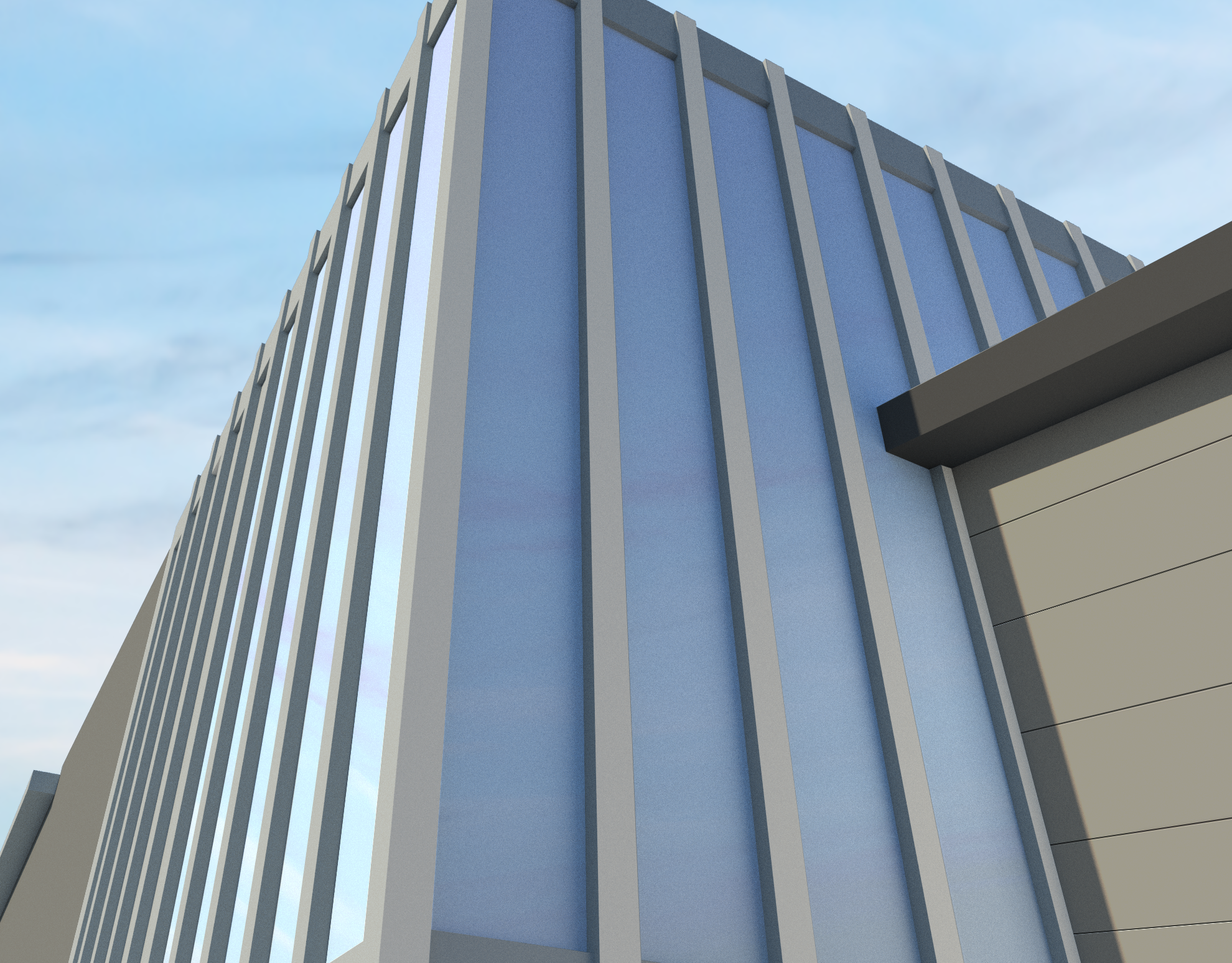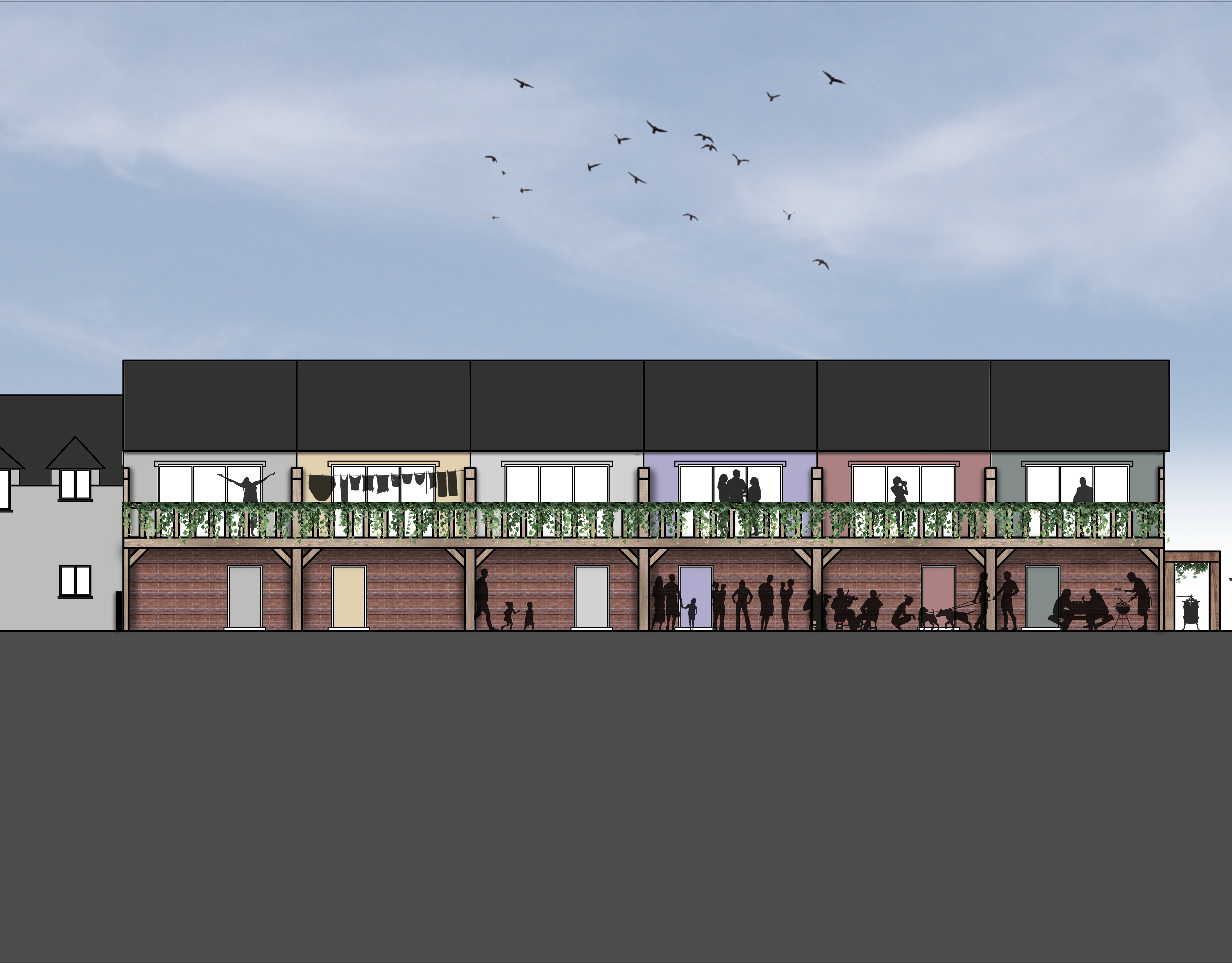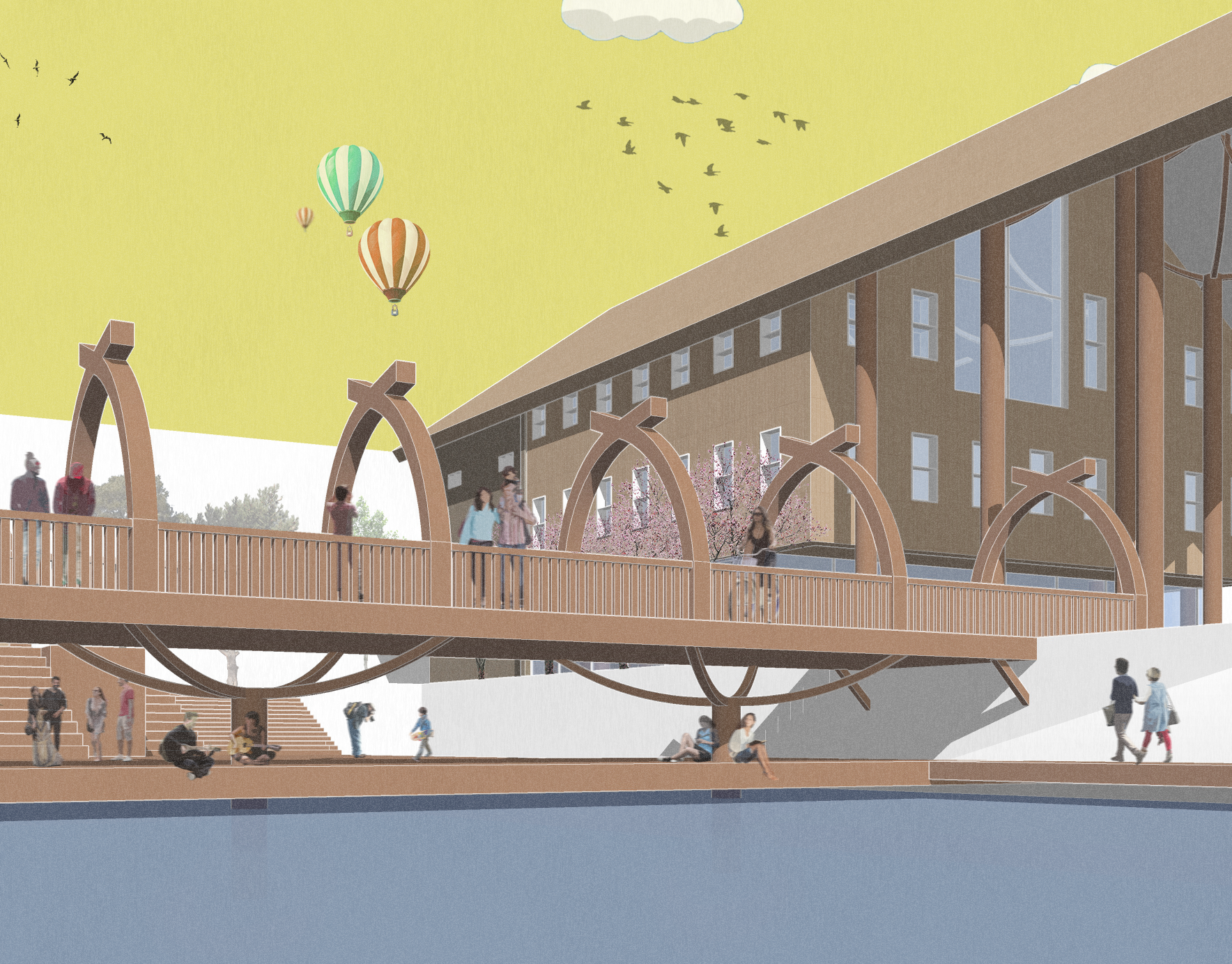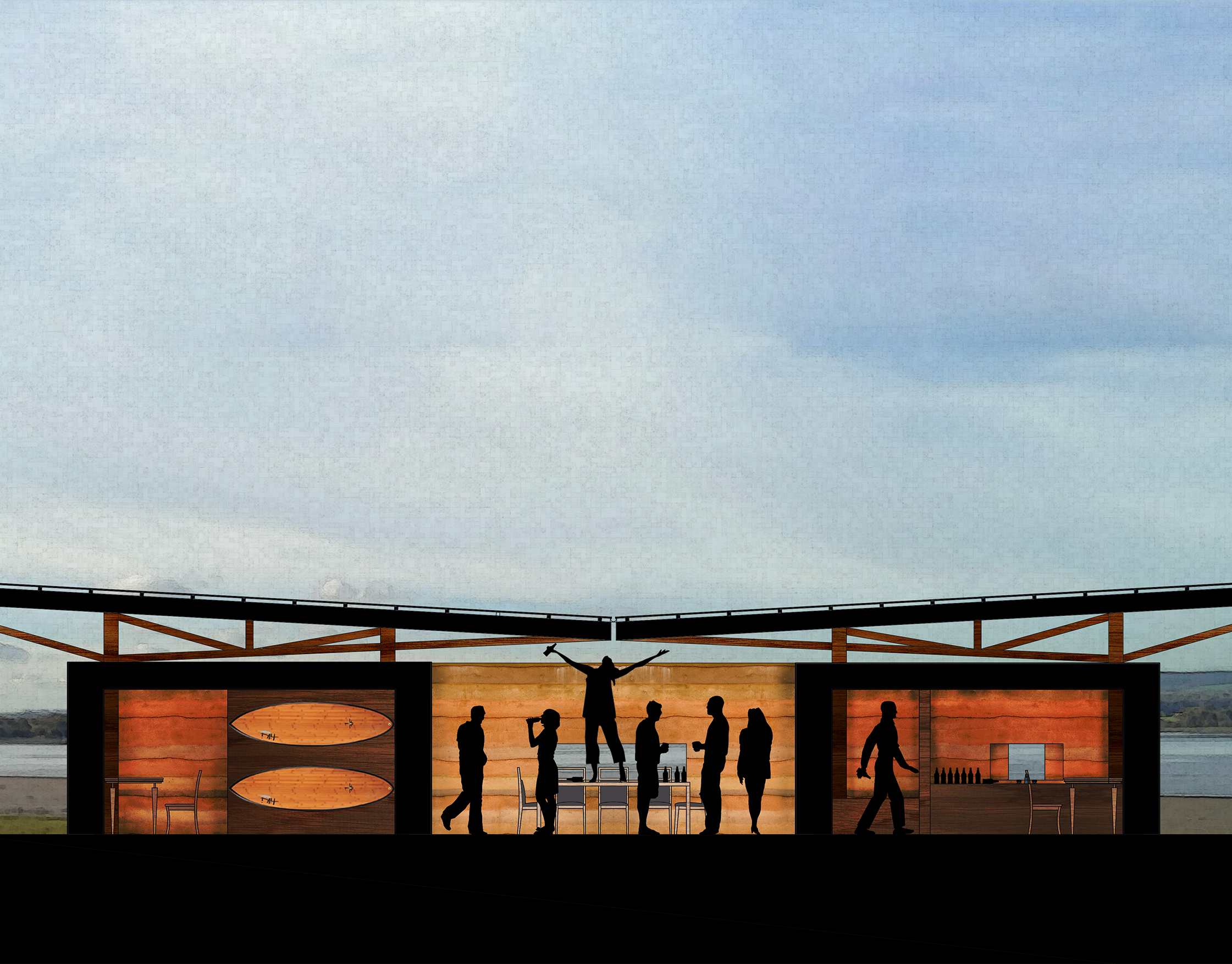UWE's Shape Our City
For one of my final year university modules I worked as part of a group within UWE’s Shape Our City project, which attempts to communicate the science of health in cities and improve participation in public health decision-making processes. Shape Our City previously worked with residents on Hanover Street in Barton Hill to create edible planters for their road. During this process, residents expressed a desire to improve the effectiveness and aesthetics of the chicanes on the nearby Avonvale Road. We worked as ‘community organisers’, looking to encourage the local community to get involved in improving the chicanes. I worked as a member of a two-person design team, focusing on approaches involving street art, and created questionnaires and activities for our consultation event, during which members of the community gave their thoughts on our work and voted for their favourite design responses.
Design Ideas - Crossings


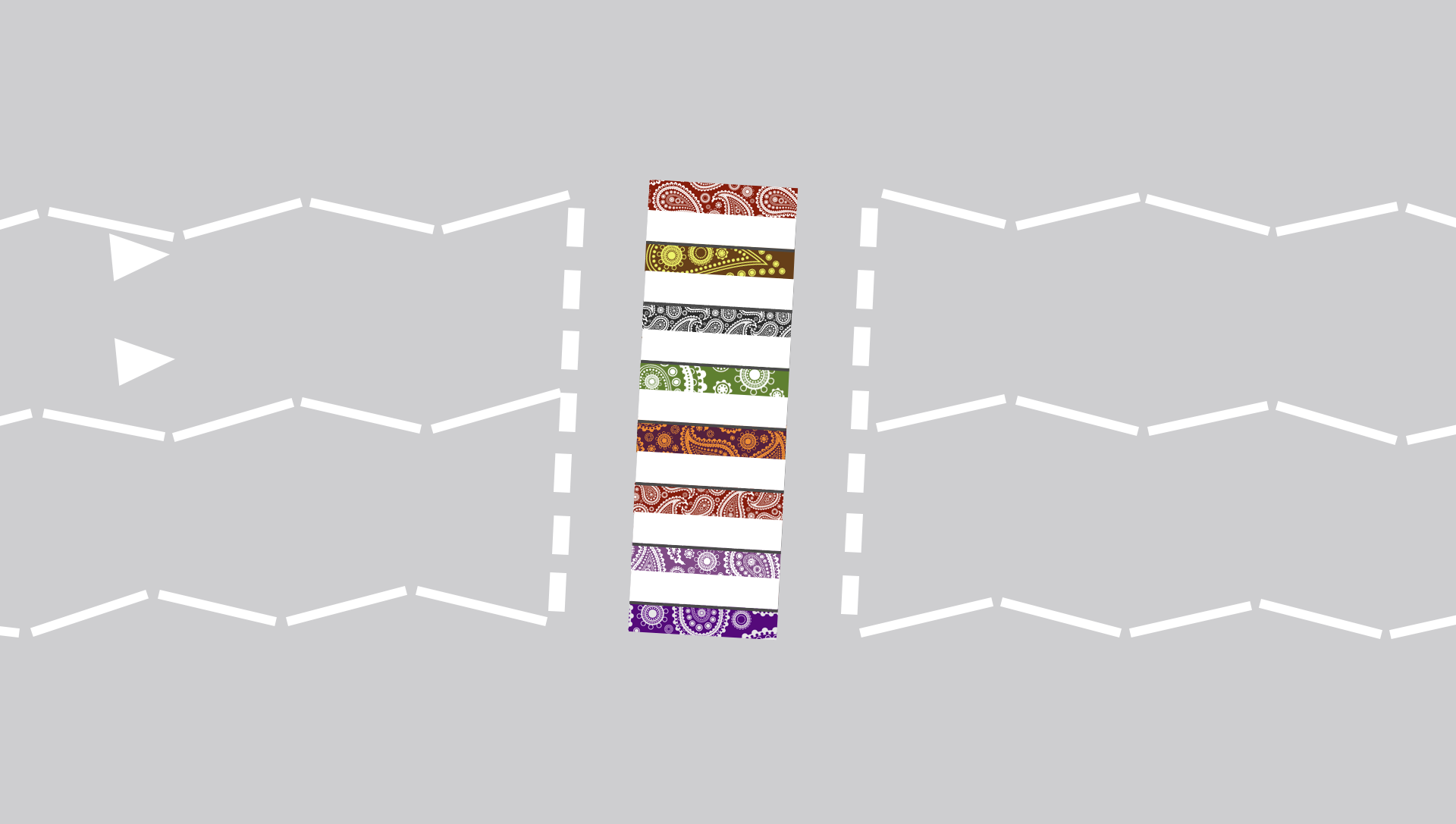
The first design uses the ‘3D’ optical illusion to create a false sense of depth. The design is flipped halfway down to maintain the effect on both sides, which can be a problem for some designs. The second, more colourful option takes inspiration from the crossings of Madrid. It uses colours and forms taken from a traditional Somali pattern. A small amount of depth is added to the white lines to help them stand out a bit more from the colours. Similar to the previous option, the third design applies multiple colours to a Pakistani pattern, slotting them between the gaps of the existing crossing lines. This option, in addition to the previous one, attempts to celebrate the diversity of the area. Multiple patterns could be applied within one design to represent more people.
Design Ideas - Bollards
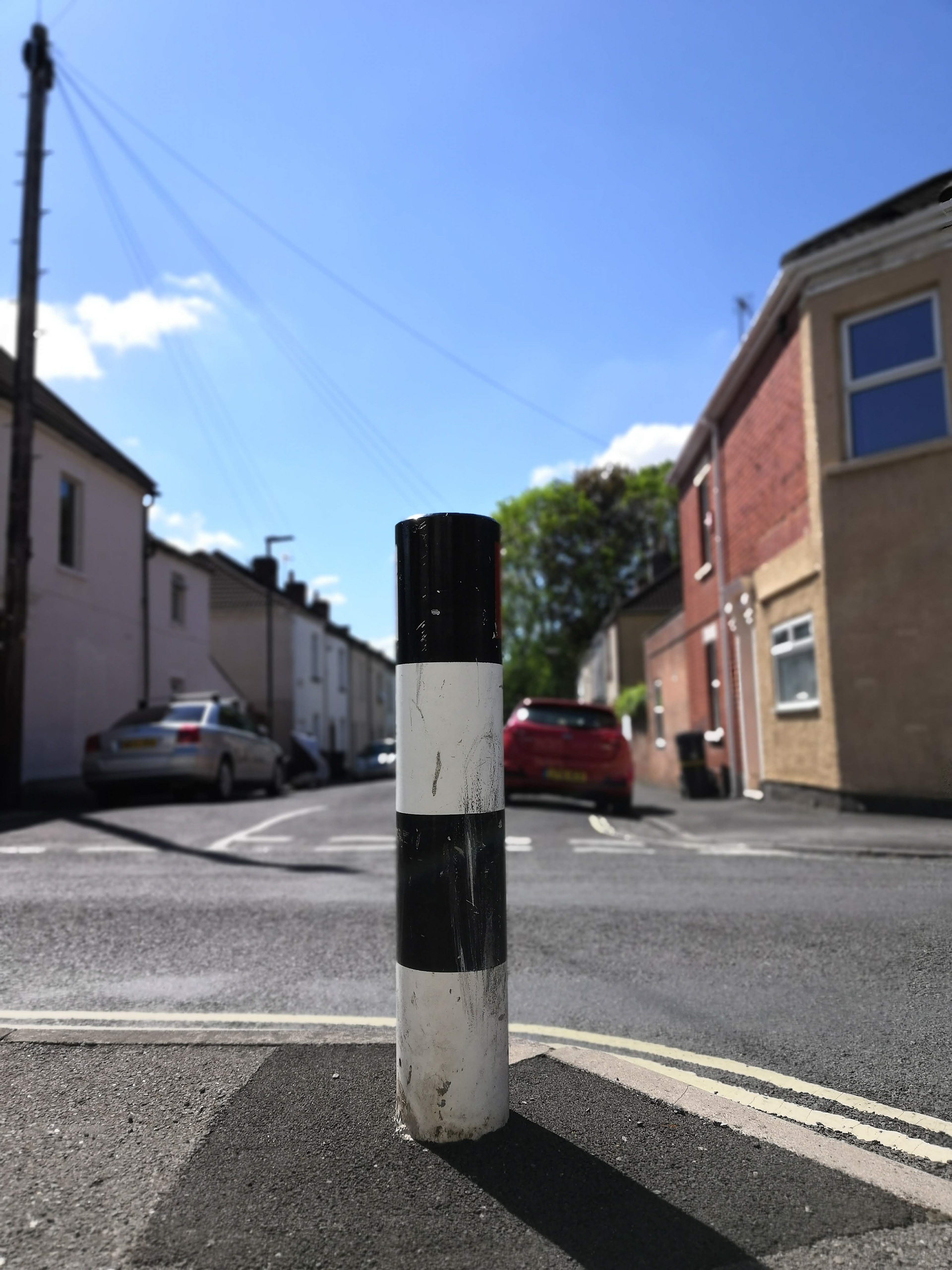
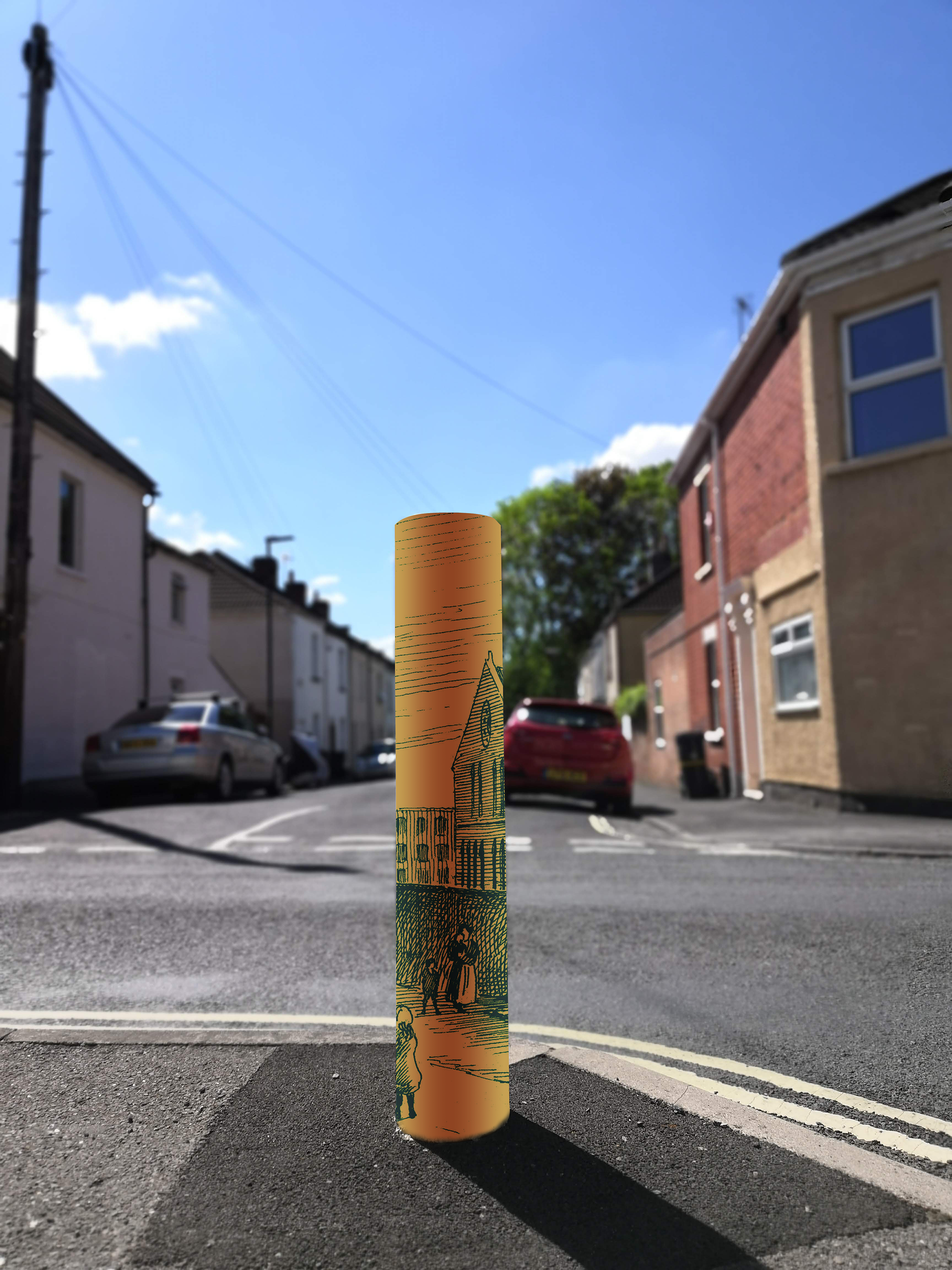
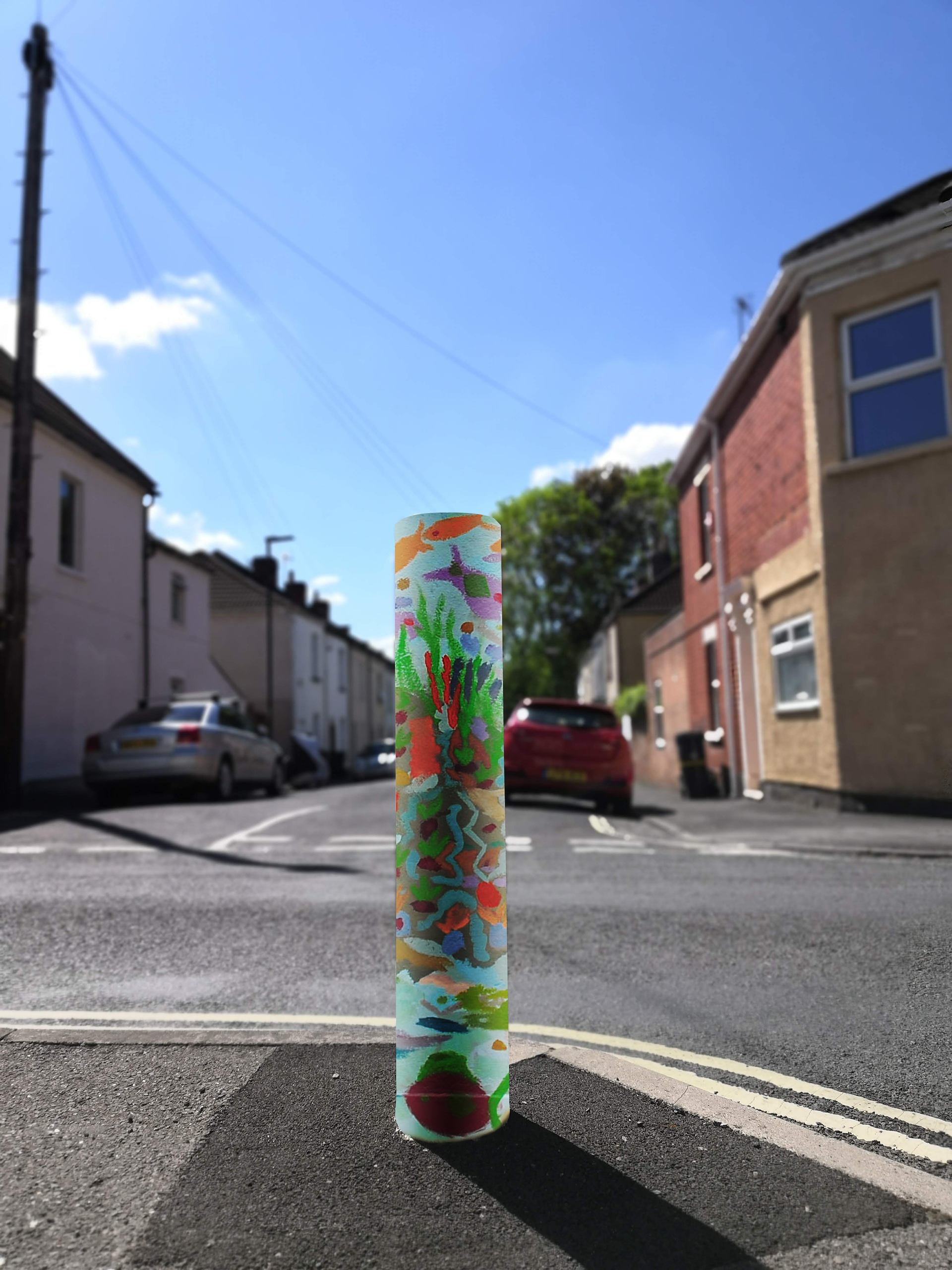
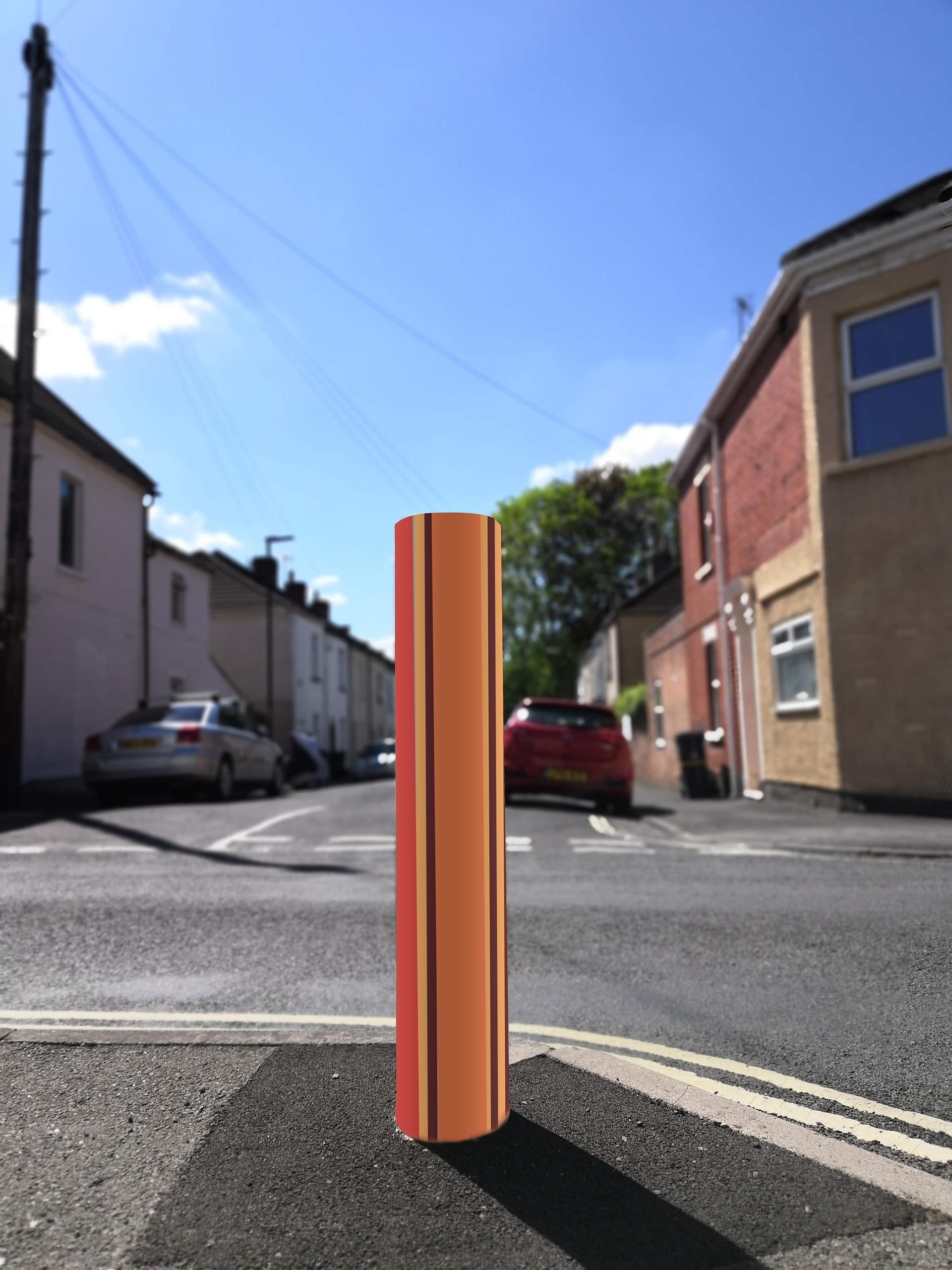
Some of the existing bollards on the chicanes feature black and white horizontal stripes. The first design idea uses a historical drawing of the cotton mill that used to be present in Barton Hill. It may appeal to people who are interested in highlighting the area's history. The second option uses a child-friendly painting, suggesting how local schools may be able to get involved in the project. The third design uses a traditional Somali pattern, demonstrating how the bollards could be used to represent the diversity of Barton Hill.
Community Consultation

